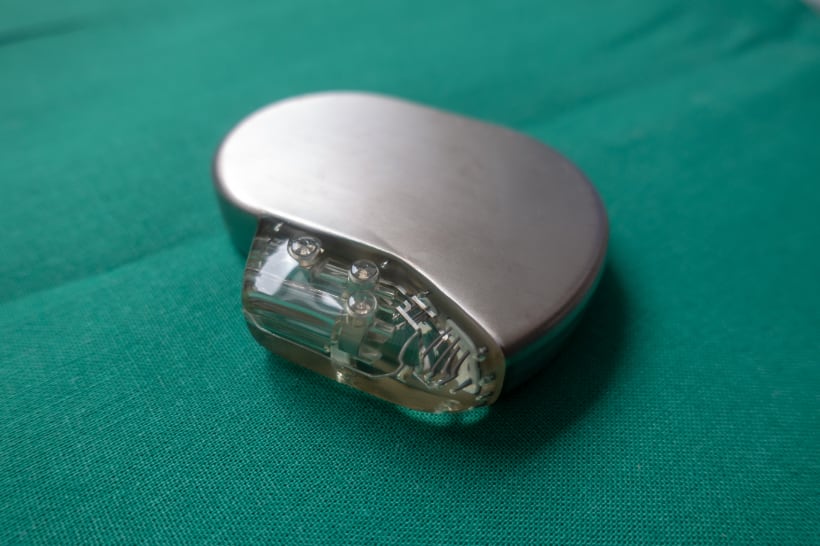By Dr Aswin Babu
Modern guideline directed medical therapy (GDMT) significantly improves outcomes in patients heart failure with reduced ejection fraction (HFrEF) . At the time of the landmark implantable cardiac defibrillators (ICDs) trials, such as SCD-HeFT (Sudden Cardiac Death in Heart Failure Trial) and MADIT-II (Multi-centre Automatic Defibrillator Implantation Trial II), which demonstrated a mortality benefit with ICDs, our armamentarium of these contemporary medications were limited.
Dhandhe et al (2022) recently published a single-centre, retrospective, observational cohort study of 4,972 consecutive HFrEF patients who underwent either a primary prevention ICD or cardiac resynchronisation therapy – defibrillator (CRT-D). The primary outcome assessed all-cause mortality at 2 years and its association with the number of GDMT medications prescribed at time of device implantation.
A total of 4,972 patients met the inclusion criteria with ICDs accounting for 3,210 patients and CRT-D being implanted in 1,762 patients. The number of patients prescribed 0,1,2 or 3-4 GDMT medications were 5%, 20%, 52% and 23% respectively.
After 2 years follow-up, 656 (13%) patients died. The cause of death was only established in just 59% (n=390) of the cases. Out of these, 52% (n=202) were identified to be cardiac in aetiology. Only a quarter (n=51) of the cardiac deaths were secondary to ventricular arrhythmias.
Being on zero GDMT medications resulted in a nearly 4-fold increase in mortality when compared to patients on 3-4 GDMT medications (ICD: 26% vs. 7% p < 0.001; CRT-D: 30% vs. 8%, p < 0.001). The cumulative benefit of each additional GDMT conferred a 36% reduction in mortality in patients with an ICD (HR: 0.64; P < 0.001) and 30% in patients with a CRT-D (HR: 0.70; P < 0.001).
Notably, 395 (7.9%) patients were prescribed an Angiotensin Receptor-Neprilysin Inhibitor (ARNI) and 113 (2.3%) were prescribed sodium-glucose cotransporter 2 (SGLT-2) inhibitors. The use of either medication was associated with a 40% mortality reduction at 2 years (unadjusted HR, 0.60; 95% CI, 0.41-0.88; p < 0.008).
This study highlights the significant survival advantage that modern anti-heart failure GDMT provides. Given the heterogenous cohort of real-world patients examined in this study, it provides further clout for the use of optimal anti-heart failure therapies in all aetiologies of HFrEF. Furthermore, only a minority of deaths were secondary to arrhythmias. Thus, the benefit vs risk of ICD on the background of present-day GDMT needs to be carefully studied.
Link to Full Article – https://www.jacc.org/doi/10.1016/j.jacep.2022.05.001

